Fresh juice is one of the most enjoyable drinks to have, but many people prefer their juice to be pulp-free. This is where the juice strainer comes into play. This simple yet effective kitchen tool easily separates liquid from its fibrous pulp, providing a smoother and more refined drink.
This guide will look at how to use a juice strainer effectively, as well as what situations this small kitchen accessory would be used in. It will also offer a selection of the best juice strainers on the market in 2025.
Table of Contents
How to use a juice strainer
What are the benefits of straining juice?
Global market value of kitchen tools
Juice strainer Google search trends
What are the most effective ways to strain pulp?
Fine-mesh strainer
Nut milk bag
Cheesecloth
Final thoughts
How to use a juice strainer

Using a juice strainer is very straightforward, but it’s always helpful to know how to use one effectively:
- Choose the type of strainer (sieve, cheesecloth, fine-mesh, or nut milk bag).
- Position the strainer over a jug or glass after preparing the fresh juice with a cold-pressed juicer or other devices.
- Slowly pour the juice into the strainer, making sure it’s aligned with the jug or glass to avoid spillage. Don’t overfill the strainer, as that can slow down the process.
- Let the juice naturally drain through the strainer (also referred to as a berry screen). For better juice yield, use a spoon and gently stir the pulp.
- For those using cloth strainers, gently squeeze from top to bottom to extract the juice.
- Now that the juice is ready, either discard the pulp or keep it for composting or baking. Make sure to rinse the strainer right after use to avoid it becoming sticky.
What are the benefits of straining juice?
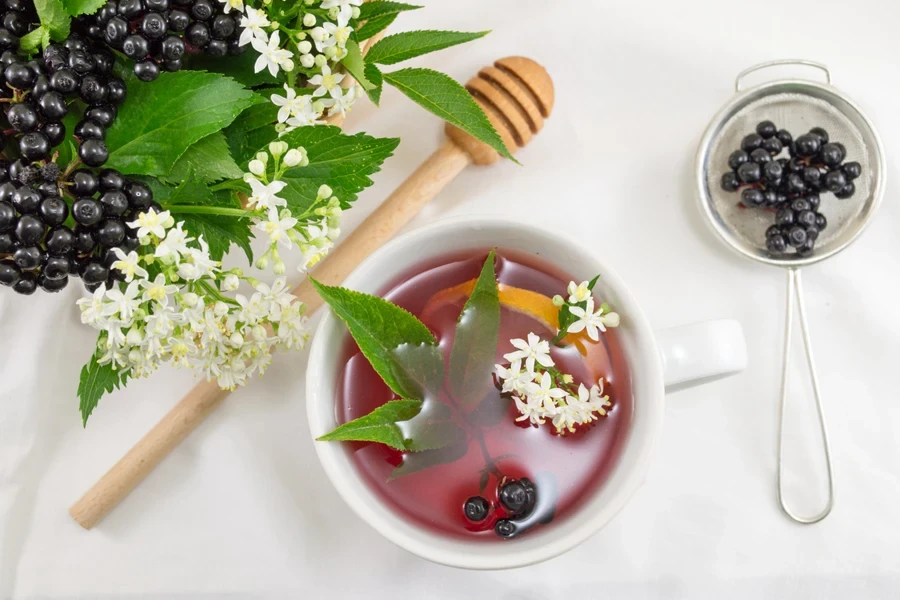
Although some people prefer to leave pulp in their juice for health reasons, the majority prefer a smoother texture. Straining the juice creates a pleasant drinking experience, and the flavor becomes more concentrated. It’s also much easier for the body to digest strained juice, which is helpful for people with stomach issues.
Those who are doing a juice cleanse, for example, will prefer strained juice because the overall fiber content is reduced, which allows for the digestive system to rest. Pulp-less juice is also ideal for other recipes such as sauces, cocktails, and jellies, where a smooth consistency is key.
Global market value of kitchen tools
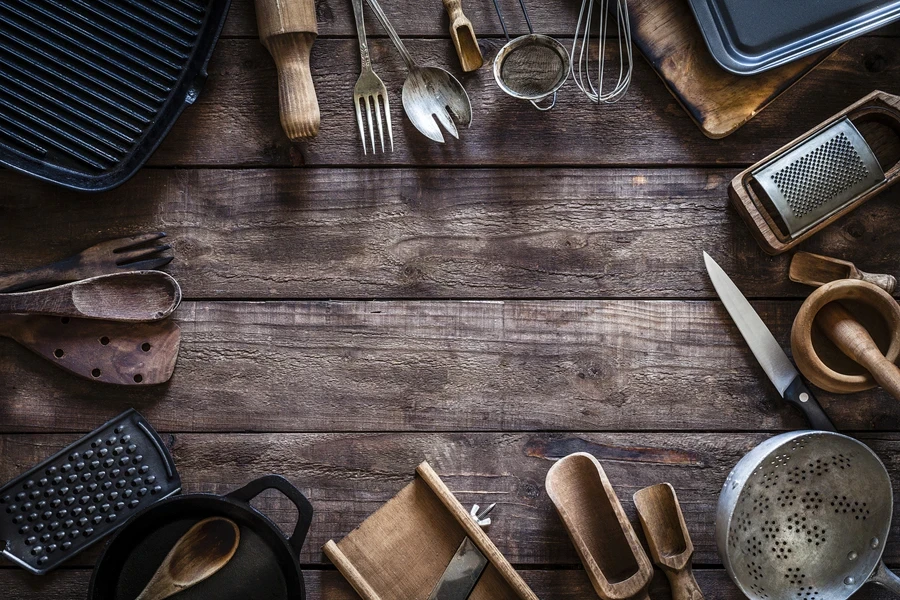
Small kitchen accessories can be used for a number of reasons, from cutting food to blending and measuring. The overall increase in higher earnings has seen the market increase substantially, as buyers look for the latest kitchen gadgets to improve their domestic kitchens. This rise in value can also be put down to growing social media trends and cooking blogs.
In 2024, the global market value of kitchen tools reached USD 31.72 billion. This number is expected to increase by a compound annual growth rate (CAGR) of 4% between 2025 and 2033, bringing the total market value up to approximately USD 45.15 billion by the end of this period.
Juice strainer Google search trends

The latest Google search trends show that searches for “juice strainer” have remained very stable over the past year. Slight spikes in searches occur during holidays such as New Year’s and Christmas, as well as in the summer months when people are more health-conscious each day. Juice bars are also popular in the summer months, and cold pressing becomes more popular.
According to Google Ads, “juice strainer” received an average monthly search volume of 6600 in 2024. Searches remained fairly consistent throughout the year, sitting between 5400 and 6600, with an increase in February and April when they reached 8100 per month.
What are the most effective ways to strain pulp?
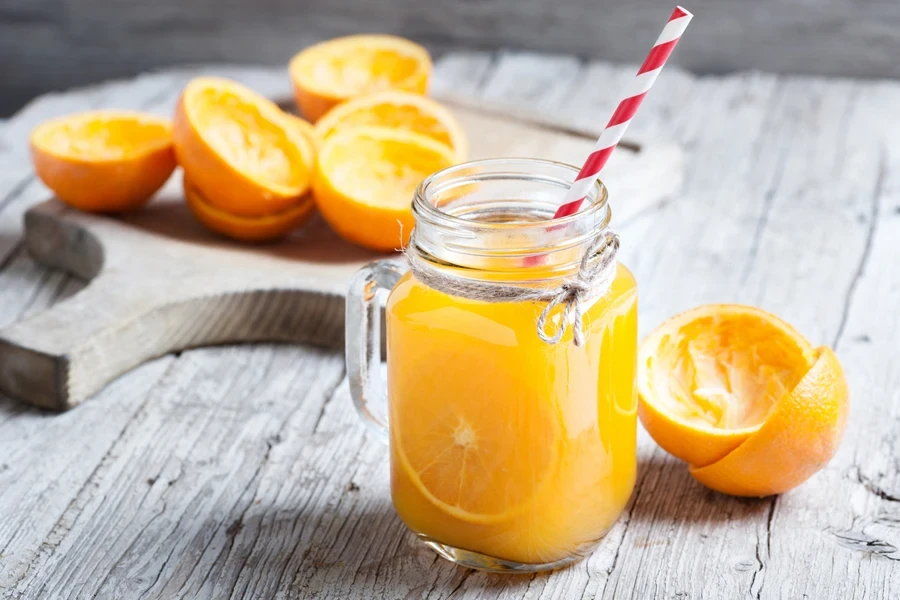
Juice straining may seem like a simple task, but knowing how to do it effectively is key for a smooth consistency. There are three main types of juice strainers that buyers have the option of purchasing:
Fine-mesh strainer
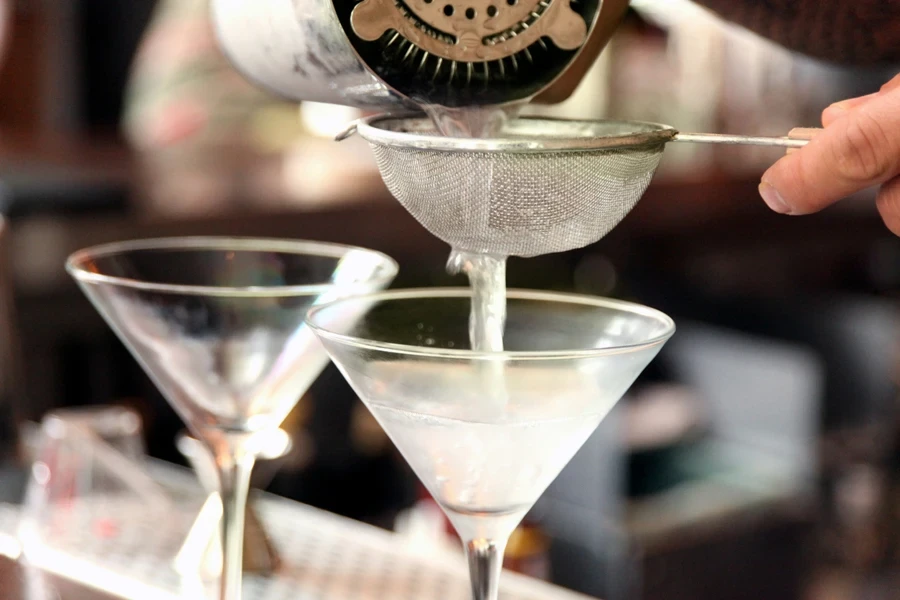
The fine-mesh strainer is a very effective tool for separating pulp from the fresh juice. It’s typically made of high-quality stainless steel or nylon, with a shallow and rounded screen that features tiny holes to allow only liquid to pass through. Buyers looking for fine-mesh strainers that are rust-resistant and long-lasting will want to buy a stainless steel version.
Fine-mesh strainers often have special features like a handle or resting hooks to help balance the strainer over pitches and bowls. The stainless steel mesh itself comes in different grades, so buyers will need to take that into account. Very fine strainers are good for producing silky and pulp-free juice, whereas coarser versions allow smaller pieces to remain in the drink.
It’s a lightweight and convenient option for straining juice, and it works well for both large and small batches. Buyers prefer the fine-mesh strainer over other versions because of its versatility and how easy it is to clean.
Nut milk bag
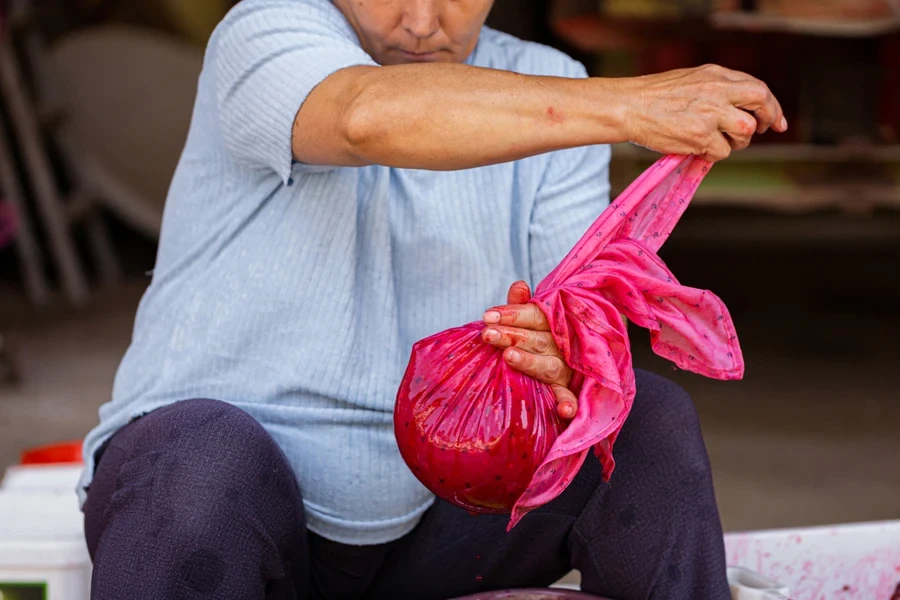
People who want a more controlled straining process often turn to the nut milk bag. This is a flexible and reusable juice strainer that’s made from either fine, unbleached cotton or mesh nylon. It’s designed to filter solids and pulp for very smooth juice or plant-based milks, and it’s shaped like a pouch with a drawstring or sealed edges. This design allows the nut milk bag to hold more solid produce while allowing the liquid to squeeze through tiny mesh holes.
The soft fabric can be squeezed by hand, which makes it easier to press out the juice. This is a big reason why some people prefer this juice strainer over the fine-mesh strainer. On top of this, the nut milk bag is very lightweight, washes and dries quickly, and it’s travel-friendly, so it can easily be used outside of the kitchen.
Cheesecloth
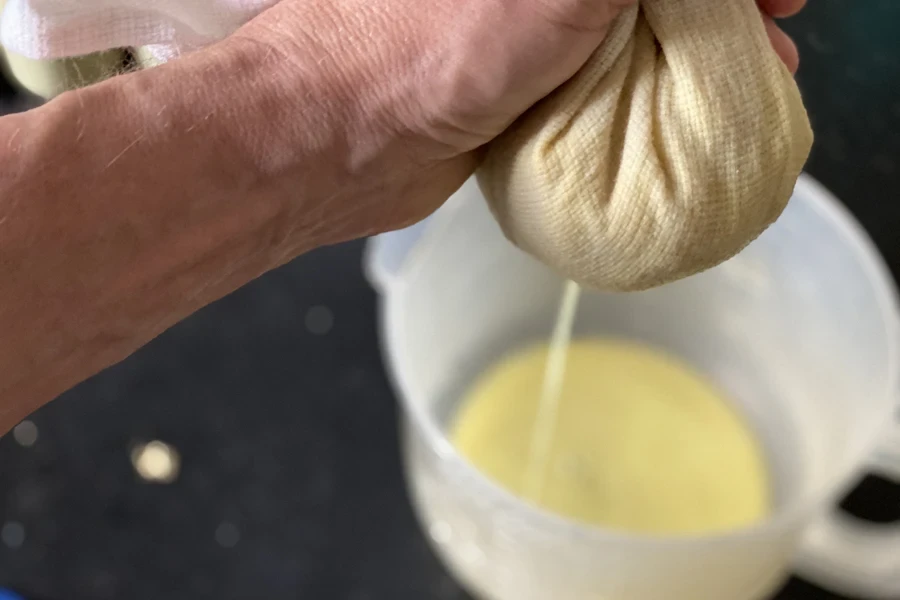
The cheesecloth is a very popular, loosely woven cotton fabric that’s traditionally used for cheesemaking. However, it’s also a very effective juice strainer as it’s available in various grades (from Grade 10 to 90). This means users have the ability to choose the tightness of the mesh to create the texture they want in their juice.
When the cheesecloth is used for juicing, it’s usually folded over a few times to create a more dense filter. This helps to remove the pulp, seeds, and other sediment to produce a smooth juice. The cheesecloth can either be secured around a jar or hung over a bowl, thanks to its flexibility. This makes it the perfect choice for small-batch juicing as it needs to be manually squeezed for the juice to appear.
Another bonus of using cheesecloth products is that they’re readily available and very inexpensive to buy. However, if they’re not washed and stored properly, they’ll turn into single-use cheesecloths, which isn’t attractive to eco-friendly buyers.
Final thoughts
Choosing the right juice strainer and knowing how to use it are key to improving any juice-making experience. Whether the goal is a silky smooth juice or one with a little added texture, each type of strainer offers something different. All of the juicers mentioned above are easy tools that can fit into any lifestyle, and their longevity is an added bonus, too.
All types of juice strainers are available for online orders, where buyers may benefit from a warranty. They’re equally as easy to find in physical shops, though, where it may be more beneficial to see the details of the strainers and the product material up close.



